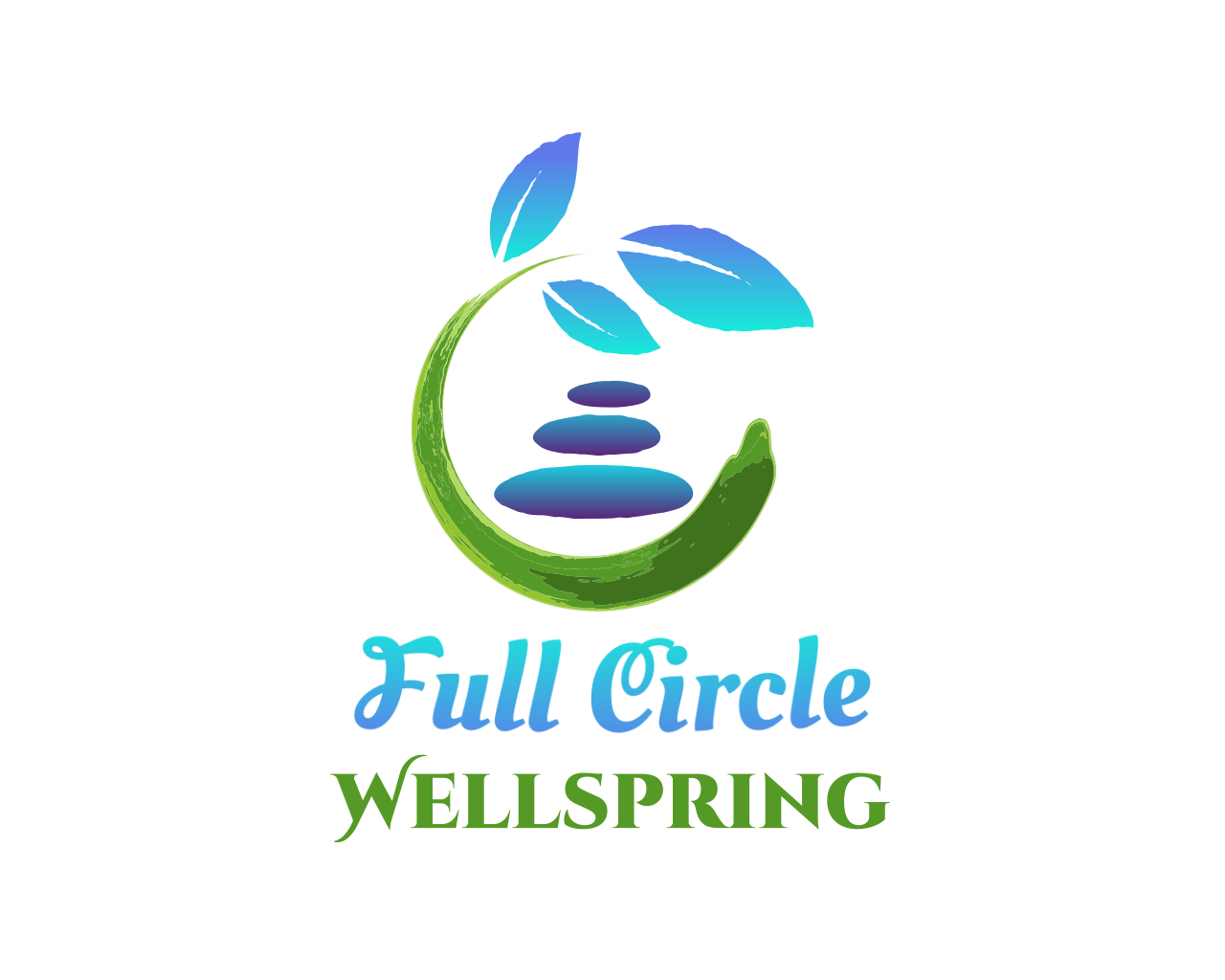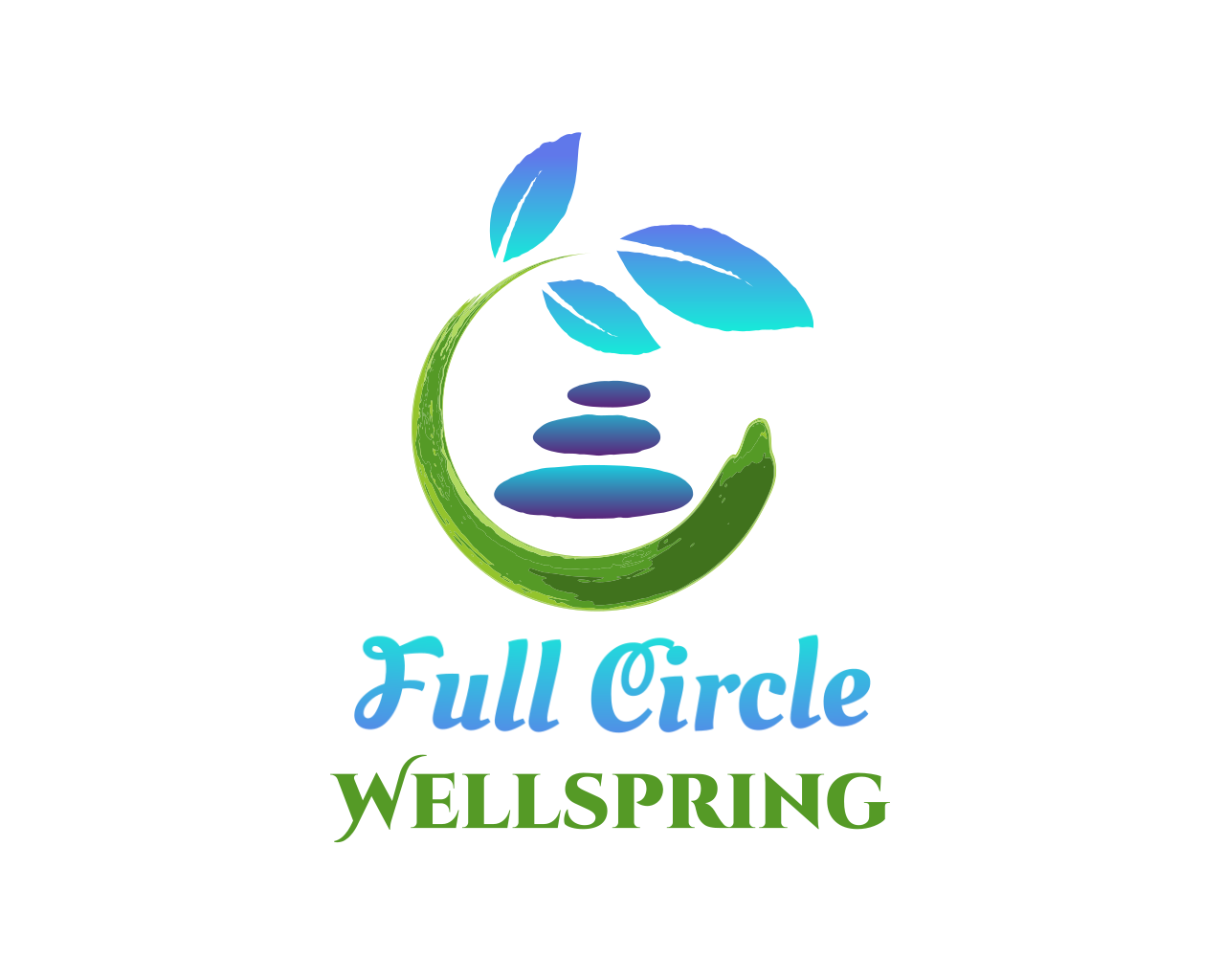Wellspring Wednesdays|Week 8: Hypervigilance
*Author Note* If you prefer to listen or watch instead of or along with -
Check out the YouTube video and/or the Podcast audio.
Ah, yes, my old friend, Hypervigilance. I don’t mean “old” as though it’s gone; I mean “old” as in how long it’s been with me! Let’s start with defining what hypervigilance is. “The state of being highly and abnormally alert to potential danger or threat” is a good start from the dictionary, but with psychology in mind as we learn about our inner world, let’s add the phrase “accompanied by behavior that aims to prevent danger”.*
To be clear, this has nothing to do with being paranoid. Paranoia is based on a misconception about a current threat, believing there is a very real, specific threat befalling you right now. Hypervigilance is an ongoing lifestyle of anticipation and staying ready for any threat that may happen. This is a constant, overwhelming alertness — staying in a state of arousal to be ready to turn the engines on for a 4F response (like we discussed a couple of weeks ago). It’s a watching, waiting, scanning, and hyperfocus or expanded view observance. Hypervigilance comes in a few different flavors of what one is waiting for and why. For some, it’s always at the ready to run and hide. Others may be looking for things, people, places to avoid altogether. Still others stay guarded and poised to fight or lash out. While still others, my particular flavor, are at the ready to rush toward any threat like a firefighter. For me, this is a combo of fight and fawn response, it’s also why I said weeks ago that I believe there are several more that the Four F trigger responses where I added things like “fix” and “function”. It’s because those were some of responses I have to danger or threats. In fact, my flavor isn’t talked about often — so much so that for a while I rejected the term Hypervigilant for myself for a long time because I thought it was mainly about running, hiding, or preventing danger. Sometimes it’s about stopping it, calming it, or saving people after it. To the body, the hypervigilant responsibility is similar no matter what the brain plans to do when the threat actually arises.
The brain’s choice of what it’s waiting for, why, and what it plans to do about it is how the symptoms present for each person. Any number of things can happen to a person with hypervigilance. Most have a hard time following conversations in a room of people because their brain is so occupied with scanning the room. Many will be jumpy at loud noises, vocal tones changing around them even from strangers in a restaurant. This also looks like overanalyzing other’s body languages or hyper focusing on one person and all their movements if your brain perceives a possible threatening attitude. For some, it means that, around others or in unfamiliar groups, the hypervigilant person is always sweating, has dilated pupils, rapid breathing, etc. Even if they appear normal, the uncomfortability felt in the body can be overwhelming. This is all very distressful, often exhausting, emotionally taxing, and can be a conflict with our social norms.
For me personally, while driving on the highway, my brain is constantly playing out scenarios of what I would do if I was in or witnessed a car accident. For me, it’s about being ready to safely and quick pull over to help, while calling 911, and simultaneously not worrying about whether I would get hurt or not. In a room of people, I am a scanner for sure. I have learned really well how to carry on a conversation — but my peripheral is always aware of its surroundings. I am hyper aware of people’s tones and will start moving closer to anyone who seems they are getting angry or distressed because my brain’s specific course of action will be to try to calm the person and protect anyone that they may be getting angry at. If I hear a loud crash, bang, or yelling voice — my entire system revs immediately into overdrive in order to save anyone who may be hurt WHILE my brain is using logic to try to decide what I even just heard and where it came from. By the time my brain realizes it was just a kid at the playground squealing with joy, my body still takes several minutes to calm down from the pumped-up adrenalin it produces thinking it had to save said child from a kidnapping. My hypervigilance, to be honest, has actually saved several people and potential real-life problems. I have barged into a neighbor’s home and grabbed their children during a domestic violence incident where I heard them yelling about a weapon. I have (against 911’s pleading with me) walked up to a window-covered car to stop what I thought was a woman being raped. I am still very fuzzy on what actually was happening in that car, but those siblings were definitely harming one another. I stopped the last 60 seconds of it before the police came. There are even a few other large case scenarios where my firefighter instinct was very helpful. However, on a daily basis, what this constant state of hyperarousal has done to my body is immeasurable.
For others, this would be a constant state of ready to run, ready to hide. So much so that most hypervigilant people will just avoid a lot of life’s social situations — for example, never entering any room with a lock where they are alone with someone else even a harmless co-worker. This also means that we aren’t generally relaxed enough to enjoy ourselves or kick back and let our guard down for anyone, ever, in some cases.
So — this doesn’t sound healthy, right? So, let’s just stop doing this, right? Well, I can say that after years of working at it, I have learned how to at least calm the arousal state as soon as I realize that the threat I perceived is not real. I use breathwork to come back to a relaxed state as quickly as I can. I am also learning to be slower with my reaction periods. This has taken years of diligent work, but now I can sit on the couch and hear someone yell in a neighboring apartment, and I won’t ratchet up until I hear it at least twice. That’s progress! It doesn’t seem like much, but I’m still working on it. I constantly (like a meditation practice) am now able to draw myself back to the present moment in the road and driving rather than getting too far swept up in the visions of car accidents all around me. Yes, years later, I still, every few miles, have to catch myself in the car accident POV, ask my brain to stop thinking about that, take a few breaths, and refocus on the present moment. Mindfulness practice is a regular for me in a car.
What’s important to realize is that for trauma survivors — hypervigilance is very common and normal. Also helpful to remember is that everyone’s brain is just trying to keep them safe. So for someone who’s been through something horrific or a lifetime of trauma responses in developmental trauma, your brain uses the same tools of vigilance as a normal brain. Because it knows things that a non-trauma person doesn’t know, it has to do everything extra to protect you. Common sense is what keeps you from not walking down a dark street alone at night, but if you MUST, you are going to be happy your brain knows how to be vigilant. Vigilance is useful when you are in a different country and don’t know the language, areas of danger, the laws, or exactly where to go if you do need help — so it’s best to just try to avoid danger altogether by being cautious of your surroundings and keeping your personal items close, etc. Vigilance is healthy when you have a new baby, and you have to remind people to wash their hands before they touch your infant. Vigilance is what a normal brain uses to avoid a car accident, and arousal will happen IF and WHEN a normal brain is in an accident or witnesses one and can decide what to do. Hypervigilance and hyperarousal is driving in that constant state of being activated and ready for an accident at any moment, like what I was describing. Do you see the difference? Vigilance, like most things, can be really purposeful. It’s the extreme of these things that it becomes an issue.
So your brain learned hypervigilance as a child to sustain your abuse or neglect or dysfunctional home, right? Great! Thank your brain. Maybe life was great for you until a horrible trauma happened at college, and now you are hypervigilance around anything that reminds you of that incident. Thank your brain. If your spouse is abusive, you have learned to constantly be watching tones and facial expressions of everyone around you because you are so used to doing it at home with your partner. Thank your brain.
However, your inner world can learn to realize that you are safe now and to retrain itself if you recognize hypervigilance as a problem. If it’s become a maladaptive coping skill that you no longer need and is now actually damaging you (by not being able to relax, the physiological effects happening, the inability to sleep well because of it, and problems within new healthy relationships), this is what we say as “no longer serving you”. It WAS adaptive in your trauma season. Now, it doesn’t serve you anymore, and instead, you may be serving it by continuing on the path of damage to your nervous system, poor social habits, and lack of physical and mental wellbeing because of it. There are great therapies for this. Like we discussed a month ago, Cognitive Behavior Therapy (CBT) is a key one. EMDR, hypnosis, exposure therapy, breathwork — these are also available.
Firstly, by recognizing that you may suffer with hypervigilance, understanding the effects it has on you and your body, and being ready to make a change, you can start to believe there is a better way. And that, to me, was the very foundation inside me to want to pursue calming my hypervigilance. The primary step to healing is always to take all the wisdom and knowledge into your inner world, show yourself the reality of what’s going on, and decide you want something new. That is the Full Circle Pivot I spoke on recently. There is a better lifestyle beyond the constant anxiety of hypervigilance.
If you need help in this area, it’s a space I feel very confident coaching in. Not only from all the knowledge and training I’ve received for myself, but my fresh perspective as a person healing-from-hypervigilance, I would be honored to help support you on this journey. Feel free to send me a message on the Connect tab of my website or schedule a Complimentary Discovery Call to meet with me to discuss coaching. We don’t want to aim to become absent-minded, but we can find a proper balance of mindfulness without hyperarousal attached. You got this!

